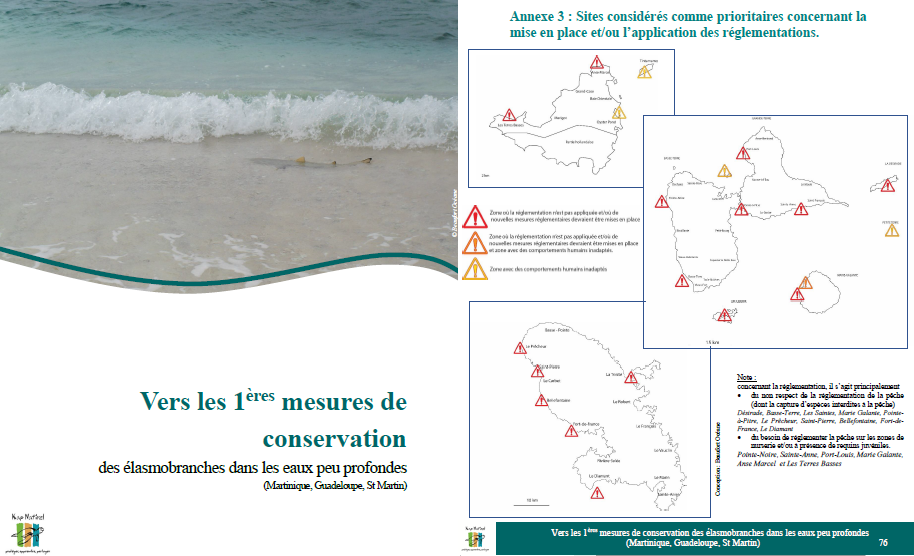The primary objective of the Biological Reserve planning document is to conserve biodiversity. To draw up this management plan, specific work was carried out on existing vanilla concessions and in areas where new concessions would contribute to the RB's conservation objectives. Areas of high naturalness were excluded to ensure their conservation and the implementation of diffuse control actions.
Commitment of all stakeholders to this approach
On-site inventory
Meeting with vanilla growers and gathering their expectations and practices
The management plan for the protected area, which also serves as the creation dossier, has from the outset incorporated the development of vanilla as an income-generating activity, contributing to the conservation of biodiversity. The time invested in drawing up the management plan, with the participation/integration of all stakeholders, is long but necessary for its success.
The protected area (biological reserve) was then created by ministerial decree (signed by the Ministry of the Environment and the Ministry of Agriculture):"to achieve the conservation objectives of the reserve, the exploitation of Vanilla concessions is authorized in accordance with specific specifications" (article 6 of the AM).
A concession contract is signed by the growers, requiring them to comply strictly with the specifications set out in the contract. They are then regularly inspected by the forestry officer, who ensures compliance with the specifications.
